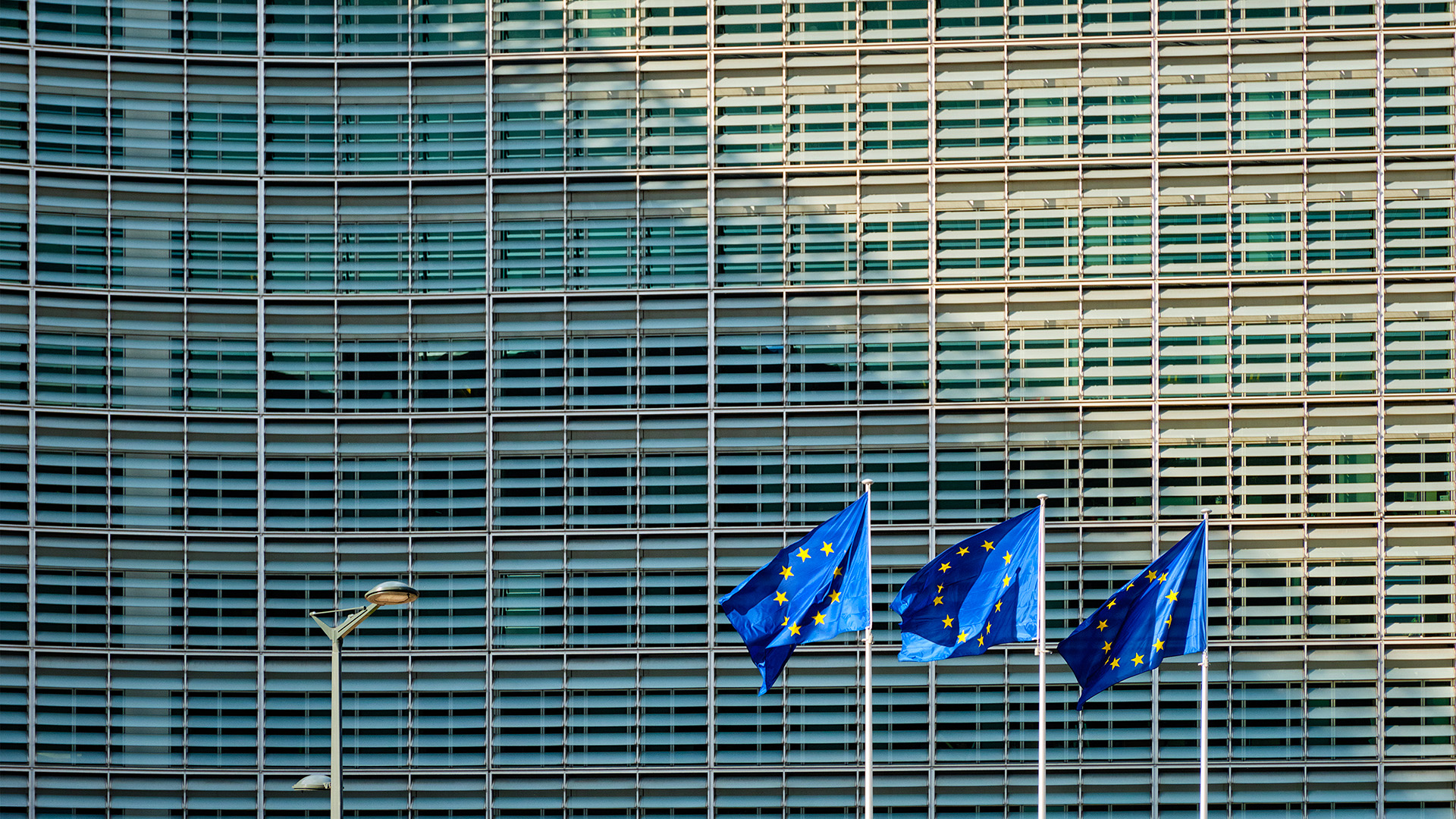The Corporate Sustainability Reporting Directive (CSRD) is one of the most ambitious and comprehensive sustainability disclosure mandates. And it’s evolving. The European Commission’s new Omnibus Simplification Package, proposed in February 2025, aims to reduce the complexity of reporting obligations, while staying true to the EU Green Deal’s core objectives.
But simplification doesn’t mean scaling back. It means making sustainability reporting more practical, more targeted — and ultimately, more effective. For companies willing to go beyond the bare reporting minimum, the CSRD continues to offer a valuable blueprint to future-proof business models, manage risk and unlock long-term value.
What is the EU Omnibus package?
The Omnibus package introduces targeted changes in an attempt to ease the implementation of key EU sustainability regulations, including the Corporate Sustainability Reporting Directive (CSRD), Corporate Sustainability Due Diligence Directive (CSDDD), EU Taxonomy and Carbon Border Adjustment Mechanism (CBAM).
Concerning CSRD specifically, the EU Commission released two proposals: one that simplifies the content and scope of sustainability reporting, and another — referred to as “stop-the-clock” directive — that postpones CSRD obligations by two years for the second and third waves of companies covered by the legislation.
The legislative work on the simplification proposal now begins under the European Parliament’s Legal Affairs Committee, while the “stop-the-clock” proposal received its approval by vote on 3 April. To enter into force, “stop-the-clock” now requires formal approval by the European Council, which had already endorsed the same text on 26 March. Once adopted, Member States will have 12 months to transpose the changes into national law.
What the EU Omnibus update means for CSRD
The question that’s been on every company’s mind is: What does all of this mean for CSRD? The Omnibus package introduces several key revisions, which we’ve summarized in a brief overview below. For a deeper dive into what’s changing for CSRD, we invite you explore the EU Omnibus Package White Paper from our colleagues at BCG.
1. Revised reporting thresholds:
- EU companies: CSRD compliance will be required for those with more than 1,000 employees and either €50m+ turnover (revenue, for US readers) or €25m+ in assets.
- Non-EU companies: Must report if the company group generates over €450m in EU turnover and meets other conditions (e.g., a large EU subsidiary or €50m+ net turnover of EU branch).
2. Simplified ESRS (European Sustainability Reporting Standards revision):
- Fewer mandatory data points
- Removal of sector-specific standards (for now)
- Prioritization of quantitative over narrative disclosures
- The EU Commission has requested the European Financial Reporting Advisory Group (EFRAG) to provide its technical advice on the new simplified ESRS by October 2025.
3. Voluntary reporting standards:
Companies no longer required to report may use a simplified voluntary standard, that will be based on the Voluntary Reporting Standard for SMEs (VSME).
4. Removal of reasonable assurance standard:
The Omnibus package removes the possibility for the Commission to propose moving from a limited assurance requirement (which would have implied a heavy lift in auditing activities) to a reasonable assurance.
5. Value-chain reporting cap:
Companies will no longer need to request sustainability data from small- and medium-sized enterprises (SMEs) in their value chain, beyond the limited scope defined under voluntary SMEs standards.
Reporting timeline: What’s changing for each reporting wave?
- Wave 1 (No change): Large public interest entities with 500+ employees (already required to report in 2025 on FY2024 data) must confirm whether they meet the updated CSRD requirement thresholds.
- Wave 2 (Delayed to 2028): Companies with 250+ employees, €40m+ net turnover or €20m+ in assets, previously due to report in 2026, will now report in 2028 on FY2027 data.
- Wave 3 (Delayed to 2029): Listed SMEs and small, non-complex credit institutions and reinsurers (originally set to report in 2027) will now report in 2029.
- Wave 4 (2029): Certain companies with non-EU parent companies with EU turnover above the threshold will also report in 2029 on FY2028 data.
Unlocking the business value of CSRD
CSRD, even with the Omnibus updates, is more than just a reporting obligation — it’s a strategic framework that, by driving companies to define bolder actions, can unlock tangible benefits:
- Risk reduction and resilience: Proactively managing climate, nature, social and supply chain risks reduces future disruptions and reputational fallout.
- Operational efficiency and innovation: Integrating sustainability into core operations helps cut costs and drive innovation.
- Access to capital: Investors increasingly prioritize ESG performance. The CSRD framework builds trust and credibility.
- Long-term competitive advantage: Companies that go beyond compliance and embed sustainability holistically will differentiate themselves in the market.
How should businesses approach CSRD today?
With the Omnibus package pending adoption, companies should take a proactive approach to their sustainability strategies. Here’s how to make the most of this transition:
- Check your CSRD status: With updated thresholds in play, confirm whether your company still falls within scope. Even if you’re now exempt, voluntary reporting is a savvy move — it builds trust with investors and stakeholders alike.
- Use the extra time wisely: Extended deadlines aren’t a reason to wait. Start strong with a robust double materiality assessment to pinpoint your most relevant sustainability impacts, risks and opportunities.
- Focus on what matters: The updated ESRS will be all about clarity. Streamline your approach by reporting on only the most material and relevant KPIs — quality over quantity wins every time.
- Phase in your reporting strategy: Lay the groundwork now. Build internal systems, refine your ESG indicators and test methodologies. Early action means fewer surprises later.
- Stay agile: The Omnibus isn’t finalized yet. Keep a close eye on developments and be ready to adapt your strategy as the details evolve.
Looking ahead: Using CSRD to accelerate sustainable business transformation
The Omnibus update may reduce complexity but CSRD remains a cornerstone of sustainability reporting. Ultimately, CSRD should be viewed as a blueprint for true business transformation. Businesses that embrace these changes strategically will be better positioned for regulatory alignment, operational efficiency and long-term success.
The pressure to align with planetary boundaries is only growing. Now is the time to get organized, strengthen internal systems and embed sustainability deep into business strategy. Those who act early won’t just meet the requirements — they’ll set the pace for transformation.

Reporting + Disclosure
Struggling to navigate the complexities of CSRD and the Omnibus update? Explore our Reporting + Disclosure services and get in touch for support building science-based ESG, climate and nature strategies that position your business for resilience.







